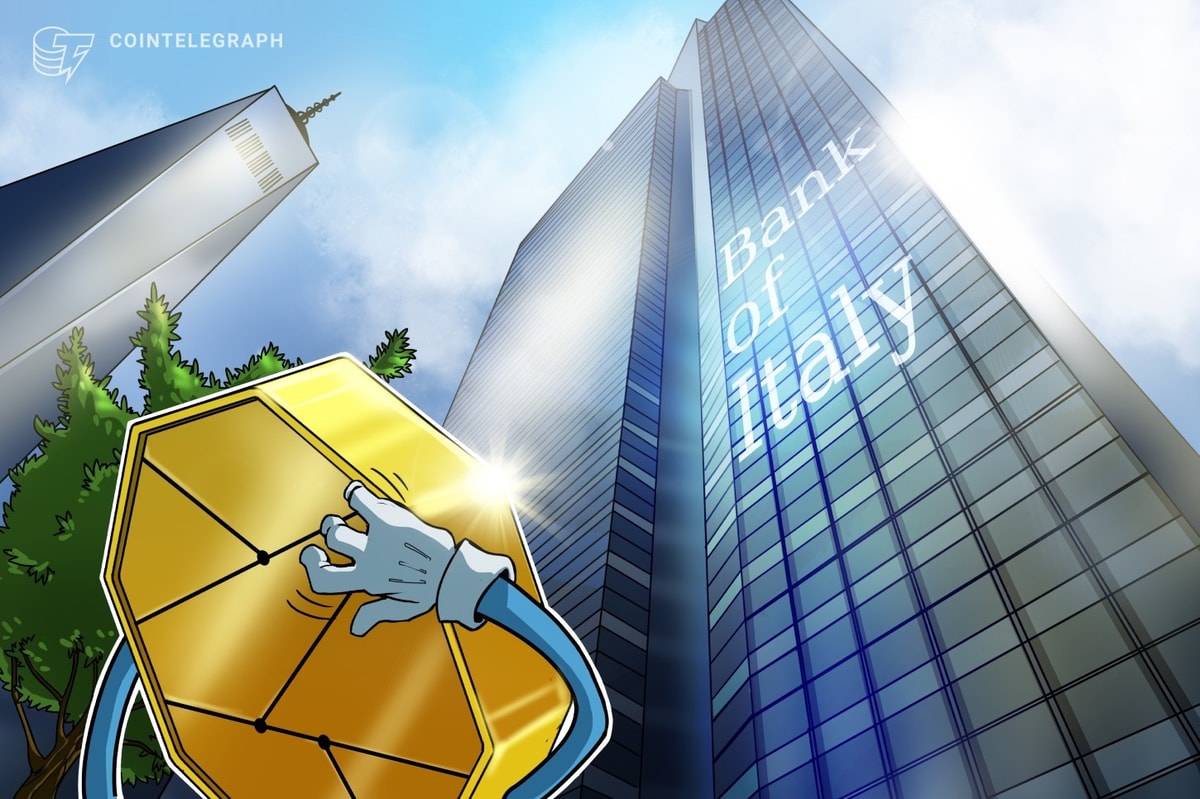Blockchain and AI
Blockchain technology and artificial intelligence are two of the most transformative innovations of our time. When combined, these technologies promise to revolutionize various industries by enhancing data security, transparency and efficiency.
Blockchain is a decentralized ledger that records transactions across many computers, prohibiting the alteration of registered data. The immutable nature of blockchain makes it an ideal technology for verifying and recording AI processes and data exchanges, ensuring transparency and trust.
On the other hand, AI, with its ability to analyze large data sets and make intelligent decisions, can benefit from the enhanced data integrity and decentralized control provided by blockchain.
Despite these promising synergies, the integration of blockchain and AI faces several hurdles. High costs associated with computational power, limited transparency and centralized control over data and processing capabilities are just a few of the hurdles that need to be addressed.
The most common bottlenecks in the current AI landscape
AI development relies heavily on powerful computational resources, primarily graphics processing units (GPUs). GPUs are preferred over central processing units (CPUs) for AI tasks because they can handle multiple operations simultaneously, making them ideal for training complex neural networks. However, high-performance GPUs are expensive, costing upward of $10,000 per unit, which is a significant barrier for small to mid-sized AI businesses and researchers.
Cloud computing services, such as Google Cloud and Amazon Web Services (AWS), offer a solution by allowing users to rent computational resources as needed. This model, known as cloud computing, provides the flexibility to scale capacity without the upfront costs of purchasing hardware. That being said, the convenience of cloud computing comes with high costs and unpredictable pricing structures, which can strain the budgets of smaller entities.
Drawbacks of centralized cloud computing
While convenient, centralized cloud computing services pose several drawbacks. The reliance on a single provider for computational resources means that users are subject to the provider’s pricing and policy changes, which can be unpredictable and costly. Additionally, centralized systems are more vulnerable to security breaches, putting sensitive data at risk.
With centralized control, the power to make decisions about data and computational resources lies with a small group, which can lead to biased decision-making and the exclusion of diverse perspectives. This concentration of control can also stifle innovation and limit diversity in development, underscoring the need for a decentralized approach that can provide more equitable access to computational resources and enhance security and transparency.
How would a blockchain-based AI infrastructure work
OpenGPU Network, an initiative created to support developers and businesses in creating modern AI and blockchain solutions, provides a decentralized solution to these problems. By leveraging blockchain technology, OpenGPU Network creates a distributed network of computational resources, utilizing idle computing power from a global community of node providers.
These providers offer their GPUs to the network in exchange for rewards, making high-performance computing more accessible and affordable. OpenGPU’s provider system comprises physical GPUs supplied by node providers globally, forming a distributed network of computational power. Using cryptographic methods, the blockchain layer records all transactions, node registrations and task completions, ensuring transparency and security.
The network includes a client system for users to submit their AI tasks and a provider system for managing computing resources. This dual-sided platform provides flexibility and accessibility to both users and providers.
Additionally, the orchestration system acts as an intermediary, utilizing a mechanism to efficiently match AI tasks with the most suitable resources available on the network. By distributing the computing load across a network of providers, OpenGPU Network reduces costs and mitigates the risks associated with centralized control.
Decentralized AI as an asset
OpenGPU Network’s decentralized approach has garnered significant interest and trust within the community. Since its launch, the platform’s native token, OGPU, has seen an appreciation in value, driven by increasing adoption and demand. The OGPU token’s market cap hit $19 million as of July 2024, reflecting the growing belief in the system.

Users can monetize their idle GPU resources and earn rewards using OpenGPU. Source: OpenGPU Network
The OGPU token plays a vital role in the OpenGPU ecosystem. Node providers are rewarded with OGPU tokens for their contributions, encouraging sustained participation and investment in the network’s growth. Customers use these tokens to pay for computational services, ensuring a steady demand and circulation within the ecosystem.
The future of AI development
OpenGPU Network’s goal is to foster an open environment for developers and businesses. By introducing an app store-like platform, the network will allow developers to create and share smart agents — software programs designed to perform tasks on behalf of users within the network, enhancing the functionality of the AI infrastructure.
By promoting transparency, fairness and inclusivity, OpenGPU seeks to democratize access to AI resources and ensure ethical and sustainable development. As the network evolves, it aims to play a crucial role in shaping the future of AI, offering exciting opportunities for developers, businesses and investors.
Integrating blockchain and AI through platforms like the OpenGPU Network represents a transformative shift in technology development. By addressing the limitations of centralized cloud computing and leveraging the strengths of decentralized networks, a more equitable and innovative future for AI can be created. The continued evolution of such networks will drive the next wave of technological progress, offering substantial benefits for all stakeholders involved.
Disclaimer. Cointelegraph does not endorse any content or product on this page. While we aim at providing you with all important information that we could obtain in this sponsored article, readers should do their own research before taking any actions related to the company and carry full responsibility for their decisions, nor can this article be considered as investment advice.












